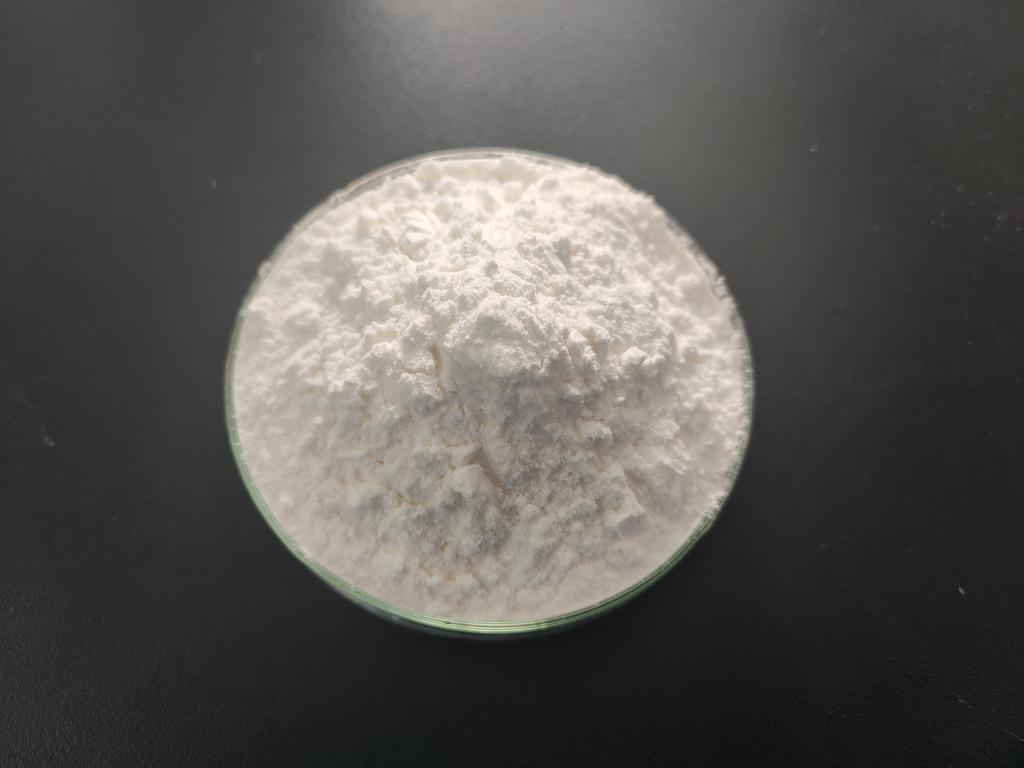Tel:0086 18231198596

News
ε-Polylysine hydrochloride: Potential applications in reducing microbial contamination in pet food.
TIME:2024-04-24
Understanding Microbial Contamination in Pet Food:
Microbial contamination in pet food can occur at various stages of production, processing, storage, and distribution. Common contaminants include bacteria (e.g., Salmonella, Escherichia coli), molds, and yeasts, which can proliferate in pet food matrices and pose health risks to pets and humans alike. Contaminated pet food can lead to foodborne illnesses, digestive disorders, and other health issues in pets, underscoring the importance of effective antimicrobial interventions.
Antimicrobial Properties of ε-Polylysine Hydrochloride:
ε-PL is a cationic polypeptide produced through microbial fermentation, known for its potent antimicrobial activity against a wide spectrum of microorganisms. Its mechanisms of action include disrupting microbial cell membranes, inhibiting vital metabolic processes, and preventing biofilm formation. These properties make ε-PL an attractive candidate for controlling microbial contamination in pet food, thereby improving safety and extending shelf-life.
Applications of ε-Polylysine Hydrochloride in Pet Food:
ε-PL can be incorporated into pet food formulations through various applications, including:
Direct Addition: ε-PL can be directly added to pet food formulations during manufacturing to inhibit the growth of spoilage microorganisms and pathogens, thereby enhancing microbial safety and extending shelf-life.
Surface Treatment: ε-PL solutions or sprays can be applied to the surface of pet food products as a post-processing treatment to reduce microbial contamination and prevent microbial growth during storage and distribution.
Coating or Encapsulation: ε-PL can be encapsulated or coated onto pet food ingredients or pellets to provide sustained release and prolonged antimicrobial activity, offering enhanced protection against microbial contamination throughout the product's lifecycle.
Active Packaging: Incorporating ε-PL into active packaging materials, such as films or coatings, can create antimicrobial barriers that inhibit microbial growth and reduce contamination risks during storage and transportation of pet food products.
Benefits of Using ε-Polylysine Hydrochloride in Pet Food:
The utilization of ε-PL in pet food offers several advantages, including:
Enhanced Safety: ε-PL effectively controls microbial contamination, reducing the risk of foodborne illnesses and ensuring the safety of pet food products for consumption by pets.
Extended Shelf-life: By inhibiting microbial growth and spoilage, ε-PL extends the shelf-life of pet food products, minimizing food waste and enhancing product quality and freshness.
Natural and Safe: As a natural antimicrobial agent derived from fermentation, ε-PL is generally recognized as safe (GRAS) for use in pet food, providing an alternative to synthetic preservatives and chemical additives.
Improved Palatability: ε-PL has minimal impact on the sensory properties and palatability of pet food, ensuring acceptance by pets and maintaining their enjoyment of the food.
Regulatory Considerations and Consumer Acceptance:
The use of ε-PL in pet food is subject to regulatory approval and compliance with safety standards and labeling requirements. Regulatory agencies evaluate the safety and efficacy of ε-PL through rigorous assessments, ensuring its suitability for use in pet food applications. Transparent labeling practices and communication with consumers about the benefits of ε-PL in enhancing pet food safety and quality contribute to consumer acceptance and confidence in the product.
Future Directions and Challenges:
Future research directions in the application of ε-PL in pet food include:
Optimization of Formulations: Fine-tuning ε-PL concentrations, delivery systems, and processing parameters to maximize antimicrobial efficacy while minimizing sensory impacts on pet food products.
Evaluation of Stability: Assessing the stability of ε-PL in pet food matrices under various storage conditions to ensure its effectiveness throughout the product's shelf-life.
Consumer Perception Studies: Conducting consumer perception studies to gauge acceptance and attitudes towards pet food products containing ε-PL, addressing any concerns or misconceptions about its use as an antimicrobial agent.
Conclusion:
ε-Polylysine hydrochloride holds significant potential for reducing microbial contamination and enhancing safety in pet food products. Its natural antimicrobial properties, compatibility with pet food formulations, and regulatory approval make it a valuable tool for ensuring the health and well-being of companion animals. By leveraging ε-PL as an effective antimicrobial intervention, pet food manufacturers can improve product safety, extend shelf-life, and meet the evolving needs and expectations of pet owners for safe and high-quality pet nutrition.

 CONTACT
CONTACT




